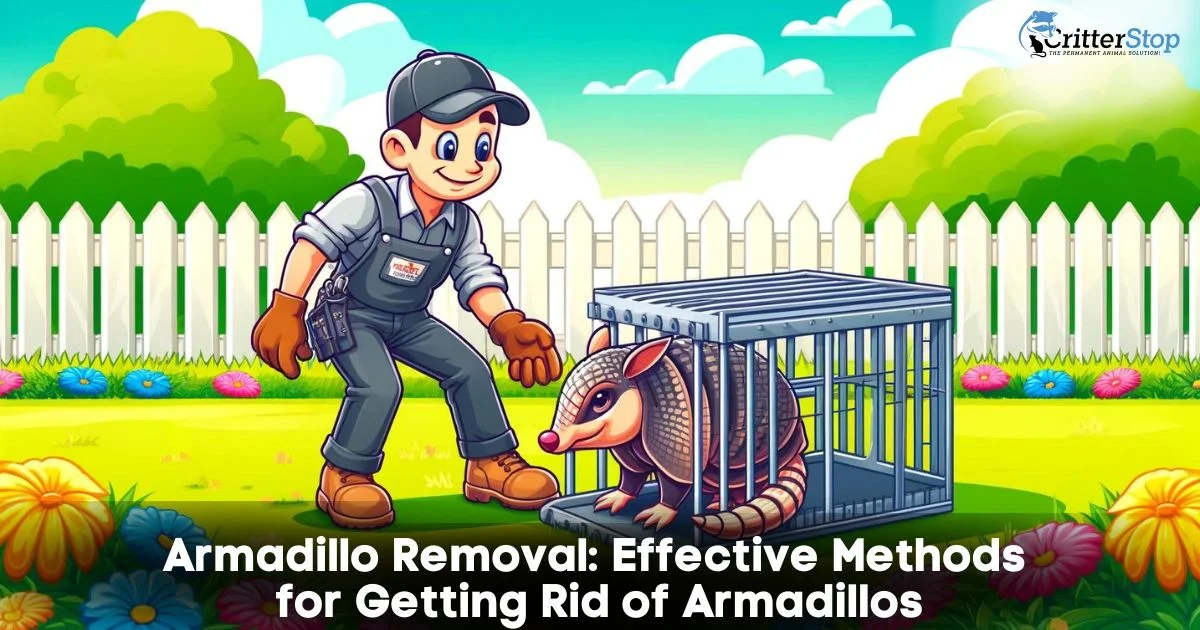
Armadillos are fascinating creatures with their unique appearance and behavior. However, when they start digging up lawns, gardens, and flower beds, they can become a nuisance to homeowners. Armadillos are recognized for their tendency to dig tunnels underground, often resulting in damage to property and pose a threat to underground utility lines. As a result, homeowners could need to get rid of these wild animals.
Armadillo removal is the process of safely and humanely removing armadillos from residential or commercial properties. This involves trapping the armadillos and relocating them to a more suitable habitat. The process requires specialized knowledge and equipment to ensure that the armadillos are safely removed without causing harm to the animals or property. While some homeowners may attempt to remove armadillos on their own, it is recommended to hire a professional armadillo removal service to avoid potential risks and ensure that the job is done properly.
Armadillos are compact, armored creatures indigenous to the Americas. They are famed for their distinctive looks and actions, such as their capacity to curl up into a defensive ball. Armadillos have a hard, bony shell that covers most of their body, which provides them with excellent protection from predators.
Armadillos are primarily nocturnal and spend most of their time searching for food source. They are omnivorous, dining on a diverse array of fare like insects, small creatures, and vegetation. Despite their weak eyesight, they possess a sharp sense of smell, relying on it to hunt down their quarry.
Armadillos inhabit various environments, ranging from woodlands and grassy plains to arid deserts. They favor locales with soft, sandy ground, facilitating their burrowing activities. Additionally, they gravitate towards regions abundant in insects, which make up a significant portion of their diet.
Armadillos are known for their digging abilities and can create extensive burrow systems. These burrows can be a nuisance to homeowners and can cause damage to lawns and gardens. Signs of armadillo activity include holes in the ground, uprooted plants, and damage to underground pipes and cables.
Overall, understanding the biology and habitat preferences of armadillos is essential for effective removal and control. By knowing their behavior and habits, homeowners can take steps to prevent armadillo damage and protect their property.

Armadillos are nocturnal animals that are known for their digging and burrowing habits. They are commonly found in the southern united states, and their presence can cause damage to yards and gardens. In this section, we'll delve into methods for recognizing armadillo presence and assess yard damage.
Armadillos are recognized for their unique tendencies to dig and create burrows. They create cone-shaped small holes in the ground, which are typically around 3-5 inches in diameter. These holes can be found throughout the yard and garden, and they are often accompanied by piles of dirt and debris.
Another armadillo signs in yard activity is the presence of shallow, long, and narrow holes in the ground. These holes are typically around 2-3 inches wide and can be up to 15 inches long. They are created when armadillos are digging for food, such as insects and grubs. If you find any of these signs, maybe you will require a pests control company to get rid of them.
Armadillos have the potential to inflict considerable harm to lawns and gardens. Armadillo tearing up yard and lawns in search of food, and they can also damage plants and shrubs. Armadillo holes under houses and other structures are frequent problems that can cause damage to the foundation and property of homeowners.
To assess yard damage caused by armadillos, homeowners should look for signs of digging and burrowing. They should also inspect Armadillo lawn damage and garden for areas that have been torn up or damaged. If there are holes under the house or other structures, homeowners should contact a professional to assess the damage and recommend a course of action.
In conclusion, identifying armadillo presence and assessing landscape damage is an important step in removing these pesky armadillos from home. Homeowners should be aware of the signs of armadillo activity and take action to prevent further damage to their property.
When it comes to armadillo removal, it is important to consider the legal implications of capturing and relocating wildlife. In the United States, wildlife is safeguarded by federal and state regulations, making it unlawful to harm or kill numerous species without the appropriate permits and licenses.
Armadillos are considered a protected species in some states, such as Florida and Texas, and it is illegal to trap or kill them without a permit. In other states, such as Georgia and Alabama, armadillos are not protected, but it is still important to check with local wildlife authorities before attempting to remove them.
Besides state laws, local ordinances and regulations concerning armadillo removal may also exist. For instance, certain municipalities might mandate a permit or license for trapping and relocating wildlife, whereas others might prohibit it entirely.
It is important to consult with a professional wildlife removal service or local wildlife authorities to ensure that all legal requirements are met when removing armadillos. Failure to comply with wildlife protection laws can result in fines and other legal consequences.
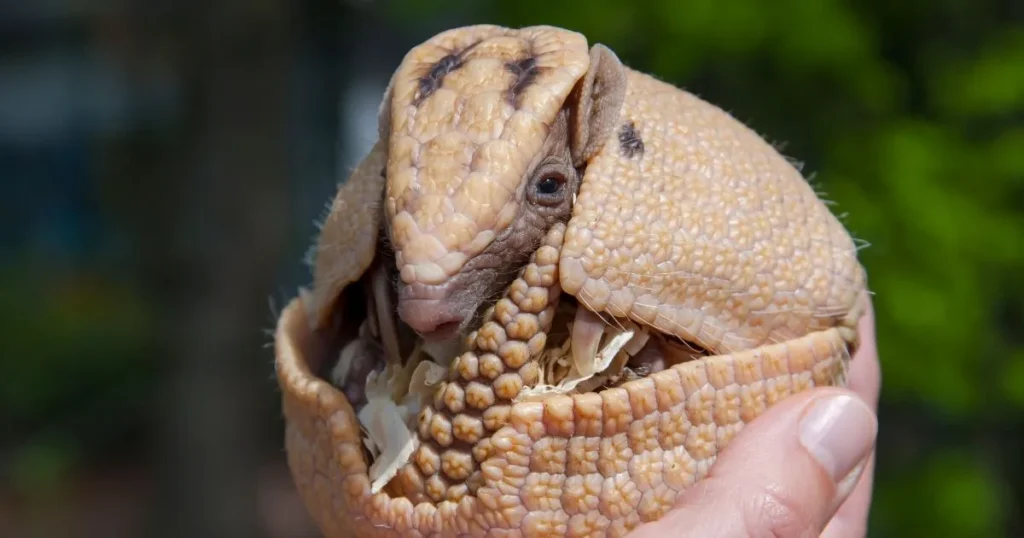
One effective way to prevent armadillos moving to your property is to modify the habitat. Armadillos prefer areas with dense vegetation, so removing brush and other vegetation can make the area less appealing to them. Additionally, removing any potential food sources, such as insects, can also deter armadillo burrow under house.
Another way to prevent armadillos from entering a property is to use exclusion techniques. This can include installing fencing around the property or using underground barriers to prevent armadillos from digging underneath. It is important to make sure that any fencing or barriers are installed properly and are at least 18 inches deep to prevent the presence of armadillo under house.
In addition to these techniques, it is important to be aware of any potential entry points, such as gaps in the foundation or holes in the roof. These should be sealed off to prevent armadillos from entering the property.
By implementing these prevention strategies, property owners can effectively deter armadillos from entering their property and causing damage.
Live trapping is one of the most humane methods of armadillo removal. It involves setting up a trap that is designed to capture the armadillo without causing any harm to the animal. Once the armadillo is captured, it can be safely transported to a new location away from residential areas.
When selecting a live trap, it is important to choose one that is appropriate for the size of the armadillo. The trap should be placed in an area where the armadillo is known to frequent, such as near its burrow or feeding area.It's equally crucial to regularly inspect the place to ensure that the armadillo is not left trapped for an extended period of time.
When relocating armadillos, it is important to follow specific guidelines to ensure that the animal is not harmed and does not cause any damage to its new environment. Follow these guidelines:
By following these guidelines, trapping armadillos can be done in a humane and effective manner, without causing harm to the animal or its new environment. For those looking for armadillo removal near them, it is recommended to seek out professional services that specialize in humane removal methods.
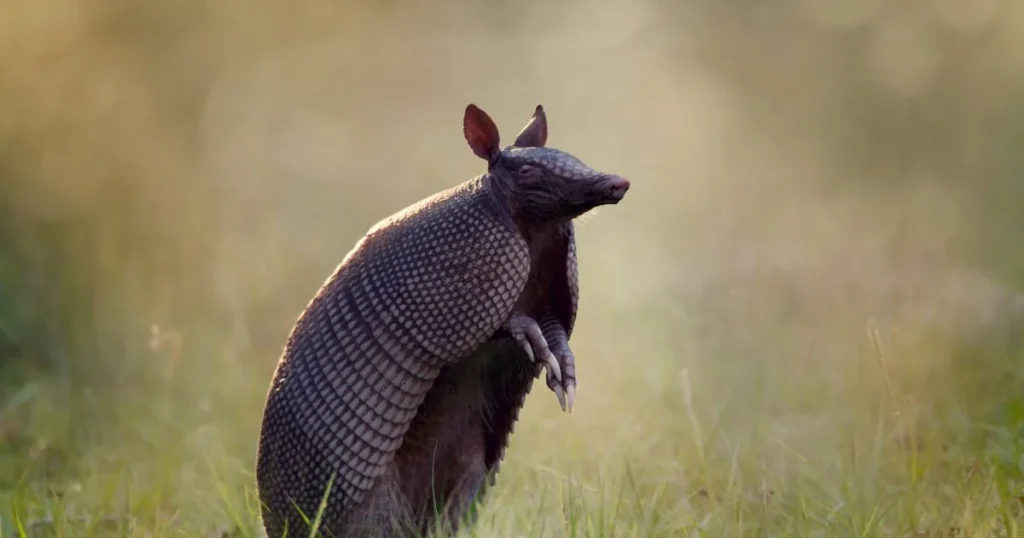
When it comes to removing armadillos from your property, it's always best to hire a professional. But with so many companies offering armadillo removal services, how do you choose the right one?
First, look for a company that specializes in wildlife removal. These companies will possess the expertise and understanding required to safely and efficiently eliminate armadillos from your property. You can search for "armadillo removal near me" to find local companies like Critter Stop that offer these services.
Next, check the company's credentials. Ensure they hold proper licensing and insurance, and request references from previous clients. Additionally, consider perusing online reviews to gauge the experiences of others with the company.
Finally, ask about their removal methods. A reputable company will use humane and effective methods to remove armadillos from your property, such as live trapping and relocation.
When you hire a professional armadillo removal service, you can expect a thorough and effective removal process. The technician will begin by inspecting your property to identify any armadillo burrows or other signs of activity.
Next, they will set up live traps in strategic locations to capture the armadillos. Once the armadillos have been trapped, the technician will safely and humanely relocate them to a suitable habitat.
Finally, the technician will inspect your property to ensure that all armadillos have been removed and to identify any potential entry points that could allow armadillos to return in the future. They may also provide recommendations for preventing future armadillo infestations.
Overall, hiring a professional armadillo removal service is the safest and most effective way to remove armadillos from your property. By choosing a reputable company and knowing what to expect, you can ensure a successful removal process and peace of mind.
Armadillos can cause significant damage to yards and gardens as they dig for food and create burrows. The damage caused by armadillos can be extensive, including uprooted plants, damaged lawns, and even structural damage to buildings. It is important to address armadillo damage in yard promptly to mitigate further damage and potential safety risks.
To repair armadillo yard damage, start by removing any debris and filling in any holes or burrows created by the armadillos. Next, assess any damage to plants and lawns and take appropriate measures to restore them. Consider using wire mesh or fencing to protect vulnerable areas from future armadillo damage.
After repairing armadillo damage to yard, it is important to take steps to restore the landscape to its former state. Here are some tips for landscape recovery:
By taking these steps, homeowners can effectively repair and restore armadillo damage to their yards and gardens. It is important to address armadillo damage to yard swiftly to avert additional damage and guarantee the safety of both individuals and pets.
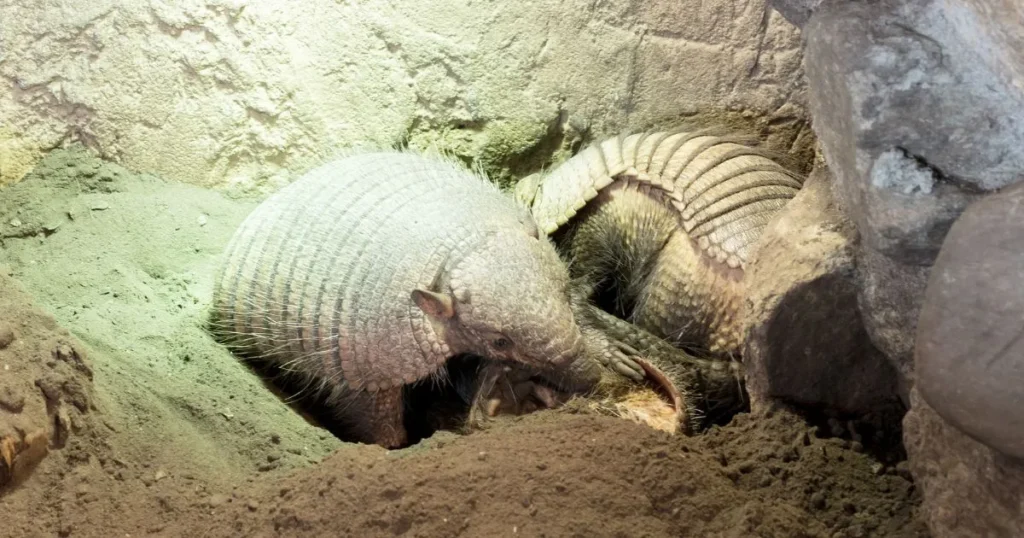
Once an armadillo has been removed from a property, ongoing yard inspections are necessary to ensure that the animal does not return. Homeowners should inspect their lawn regularly for signs of armadillo activity, such as holes, burrows, or damage to plants and vegetation.
If a homeowner notices any signs of armadillo activity, they should take immediate action to prevent the animal from returning. This may involve installing barriers around vulnerable areas, such as gardens or flower beds, or using repellents to deter armadillos from entering the lawn.
In addition to ongoing yard control, homeowners should take steps to prevent armadillos from entering their property in the first place. This may involve sealing off any gaps or holes in fences or walls, or installing deterrents such as motion-activated sprinklers or noise-making devices.
Homeowners can also take steps to make their yards less attractive to armadillos by removing potential food sources, such as fallen fruit or nuts, and keeping their yard free of debris and clutter.
By taking these steps, homeowners can help to prevent armadillos from entering their property and causing damage. Regular monitoring and maintenance is essential to ensure that armadillos do not return and cause further problems.
When it comes to armadillo removal, community awareness is crucial. Educating neighbors about the potential dangers of armadillos and how to prevent them from entering their property can help reduce the number of armadillo sightings in the area.
Homeowners can take simple steps to discourage armadillos from entering their property, such as securing trash cans, removing potential hiding spots, and filling in any holes that may attract them. Additionally, residents can use motion-activated sprinklers or lights to deter armadillos from entering their yards.
Local wildlife programs can also play a vital role in educating the community about armadillo removal. These programs can provide information about armadillo behavior, habitat, and the best methods for removing them from residential areas.
Wildlife programs can also offer assistance to homeowners who are experiencing armadillo problems. They can provide traps and other tools to help capture and remove armadillos from residential areas safely.
Overall, community awareness is critical to reducing the number of armadillos in residential areas. By educating neighbors and working with local wildlife programs, homeowners can help keep their neighborhoods safe and free from these critters.
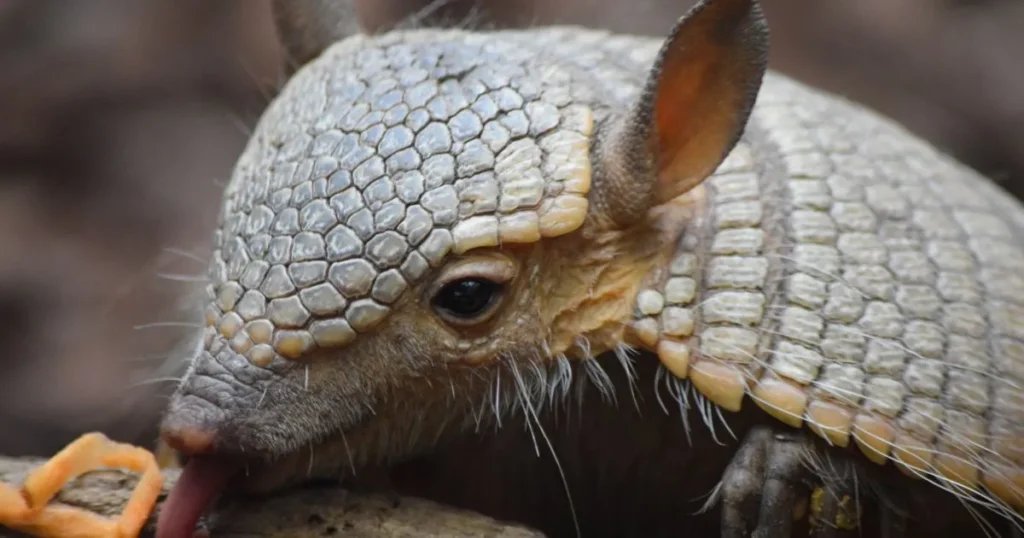
Armadillos are intriguing beings frequently subject to misconceptions. Here are some common misconceptions about armadillos:
Here are some intriguing facts about armadillos that you may find surprising:
In conclusion, armadillos are unique creatures that have many interesting features and behaviors. By comprehending the truths and debunking the misconceptions, we can develop a deeper appreciation for these captivating creatures.
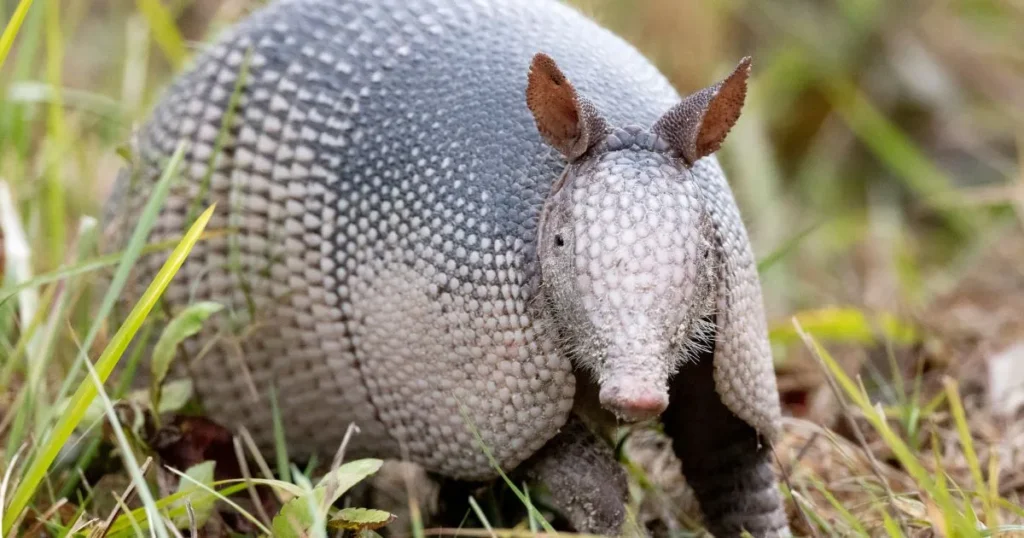
Are you searching for reliable armadillo trappers near me or armadillo control near me? Look no further! Dealing with an armadillo problem can be challenging due to their burrowing habits, which may damage lawns and gardens. Understanding the armadillo removal cost is essential when considering professional help. At Critter Stop, we offer comprehensive armadillo removal services near me that are both effective and affordable. Our team of experts uses humane and environmentally friendly methods to ensure that these creatures are removed safely from your property.
Choosing the right armadillo pest control near me is crucial for preventing further damage and ensuring that your outdoor spaces remain beautiful and functional. Our armadillo services are designed to address the unique challenges posed by armadillos, providing you with peace of mind and a lasting solution. Whether you're facing an immediate armadillo issue or looking for preventive measures, Critter Stop has the expertise and resources to assist you effectively.
If armadillos are causing trouble on your property, don't let the problem escalate. Contact us at (214) 234-2616 today for top-notch armadillo removal services. Our team is ready to help you reclaim your space and prevent future wildlife issues. Call us now for a free consultation and to learn more about how to deal to your armadillo problem.
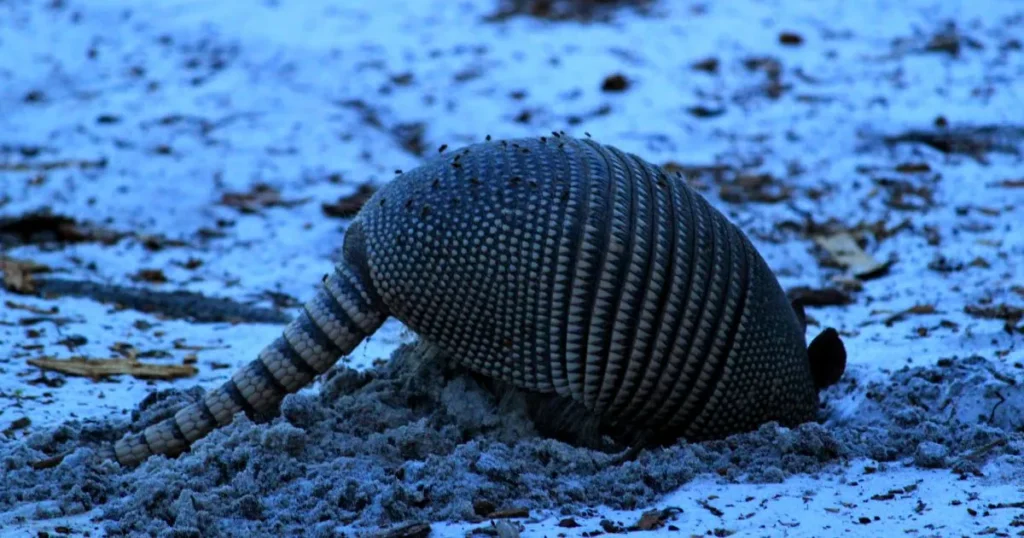
Armadillos are known for their burrowing habits. Their burrows are usually shallow with a diameter of about 8-10 inches and a depth of 2-4 feet. The entrance is usually shaped like a half-moon and is about the size of a softball. Armadillo burrows can be found in areas with soft soil, such as gardens, lawns, and under porches.
Getting rid of an armadillo under your house can be a tricky task. The first step is to identify the burrow entrance and block it off. Next, you can use repellents such as castor oil or predator urine to keep the armadillo away. Trapping the armadillo is another option, but it requires patience and skill. Seeking assistance from a professional wildlife removal service is advised to safely and efficiently eliminate the armadillo.
Trapping an armadillo in your yard can be done using a live trap. The trap should be placed near the burrow entrance and baited with something the armadillo likes, such as earthworms, grubs, termites or insects. Once the armadillo is caught, it should be released in a wooded area away from residential areas. It's essential to verify local regulations before trapping and releasing wildlife.
Armadillo tracks in yard are distinctive and can be easily identified.They possess four toes on both their front and back feet, and the tracks are roughly diamond-shaped. Armadillo tracks are usually about 2-3 inches long and wide. They are often found in soft soil or sand, and can be a sign of an armadillo's presence in the area.
Visit our Critter Library and learn more about our furry friends